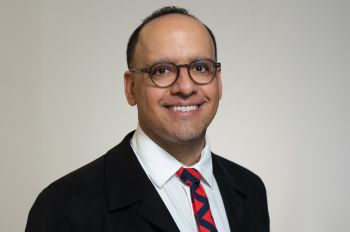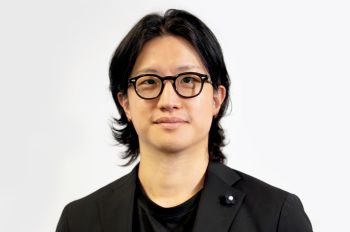Electrical Engineering Doctoral Student Receives Sigma Xi/IIT Research Award for Excellence in University Research
Pioneering Research on Communication Protocols for Ultrasonic Signal Transmission

Boyang Wang (EE ’13, M.S. ’15, Ph.D. candidate) has been selected as this year’s student recipient of the Sigma Xi/IIT Award for Excellence in University Research in recognition of significant promise in research and scholarship through distinguished accomplishments at Illinois Institute of Technology.
Currently a doctoral candidate majoring in electrical engineering under the supervision of Professor Jafar Saniie, Walter and Harriet Filmer Endowed Chair in Electrical and Computer Engineering and chair of the Department of Electrical and Computer Engineering, Wang anticipates completing his degree program in December 2020.
Throughout his doctoral studies, Wang has been working on several projects focusing on such topics as ultrasonic signal processing, embedded system development, system-on-chip signal processing, data compression, and artificial intelligence for ultrasonic signal classification.
“Boyang’s research in the area of software-defined ultrasonic communication systems, machine learning, and reconfigurable system-on-chip design has already been published in premier [Institute of Electrical and Electronics Engineers] journals and many IEEE-sponsored conference proceedings,” says Saniie. “His pioneering work on developing communication protocols for ultrasonic signal transmission through dispersive and reverberant solid channels created a breakthrough in this subject.”
His research has resulted in 31 publications, including seven journal articles, 21 conference papers, and several technical reports. In addition, his scholarly articles have received more than 80 citations. Wang also received prestigious recognition with a 2019 IEEE International Ultrasonics Symposium Best Student Paper Award for his submission titled “A High-Performance Ultrasonic System for Flaw Detection.”
Wang has demonstrated leadership skills while mentoring several undergraduate and graduate students with research projects in the Embedded Computing and Signal Processing (ECASP) Research Laboratory. The laboratory is dedicated to the development of high-performance and low-power computing platforms targeted at computationally intensive problems in the fields of ultrasonic imaging and signal processing; machine vision and autonomous navigation; system-on-chip designs; and high-performance, application-specific computing systems.
Wang joined ECASP Research Laboratory in 2014 and began researching ultrasonic nondestructive testing and signal compression using system-on-chip design. In spring 2015 he completed his graduate degree requirements with the thesis titled “Reconfigurable Ultrasonic Signal Processing System Solution Based on Zynq Platform.” Wang has also helped to further advance research in collaboration with Argonne National Laboratory and ECASP Research Laboratory to conduct ultrasonic communications through solid channels.
“I designed and developed a software-defined ultrasonic communication platform for experimental studies of complex and dispersive solid channels for data, audio, and video communications,” explains Wang. “My overall goal is to prepare myself with the necessary knowledge and tools to design system-on-chips for all-in-one solutions, and I plan to pursue a research career at a university or the industry. The recognition of my research has helped me to earn exposure for my research contributions and motivates me to work harder for higher achievements in the future.”
The annual Sigma Xi/IIT Awards for Excellence in University Research is sponsored by the Office of the Provost, the Office of Sponsored Research and Programs, and the Illinois Tech Chapter of Sigma Xi in recognition of significant achievements and creative activity by faculty members and graduate students at the university.
Photo: Electrical engineering Ph.D. candidate Boyang Wang [second from left] pictured with engineering students in the ECASP Research Laboratory




